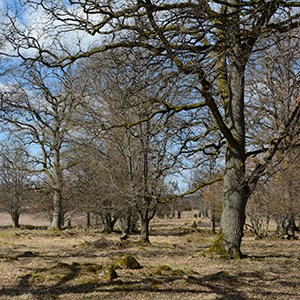Landscape histories and green infrastructures

New issues of Forest Facts deal with functional green infrastructures and their importance for human wellbeing.
Two issues of SLU:s popular science publication Fakta Skog are now available in English:
Green, or blue, infrastructure policy stresses the need to sustain functional networks of representative terrestrial and aquatic ecosystems. The complexity of interactions between social and ecological systems at multiple spatial scales and levels of governance needs to be understood. A stepwise approach to produce knowledge showed that the functionality for wood production and biodiversity conservation was inversely related in the gradient from long to short histories of forestry in the Baltic Sea Region. The diversity of landscape histories and governance legacies in the Baltic Sea Region offers grand opportunities for both knowledge production, and learning to adapt governance and management to regional conditions.
Priority land covers of green infrastructure for human well-being in Central Sweden
Green infrastructure is a strategically planned network of high quality natural and seminatural areas. We interviewed residents in three Swedish counties to identify natural and semi-natural areas that provide important benefits for human wellbeing. Mountains above the tree-line, lakes, oldgrowth forests, wood-pastures, single rural farmsteads and mature pine forests were identified by the majority of respondents.
More issues of Forest Facts and the main version in Swedish, Fakta Skog, may be downloaded for free from the SLU website following this link:
http://www.slu.se/faktaskog